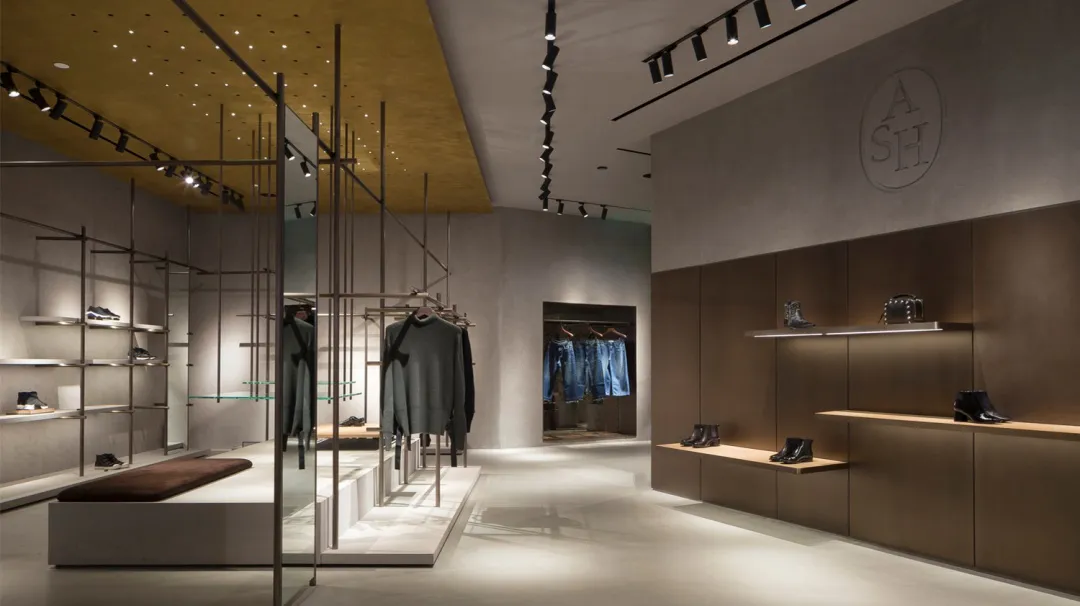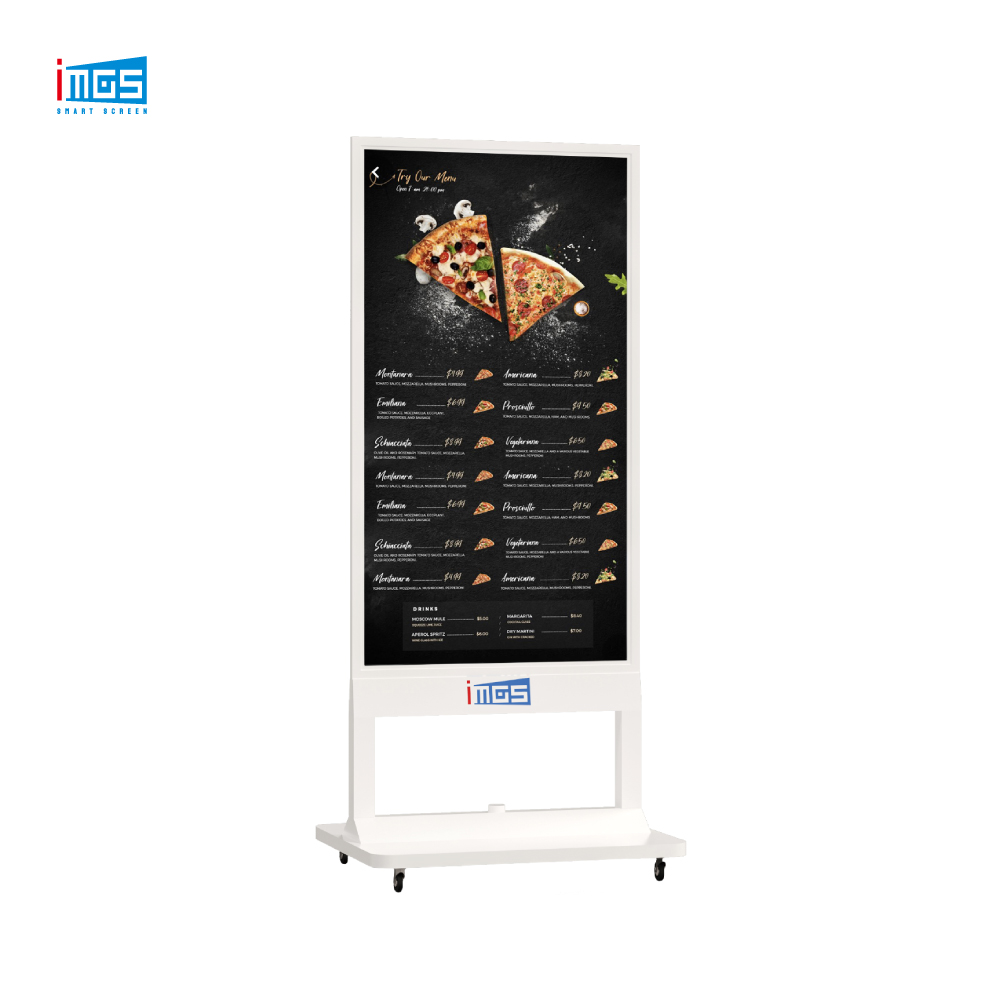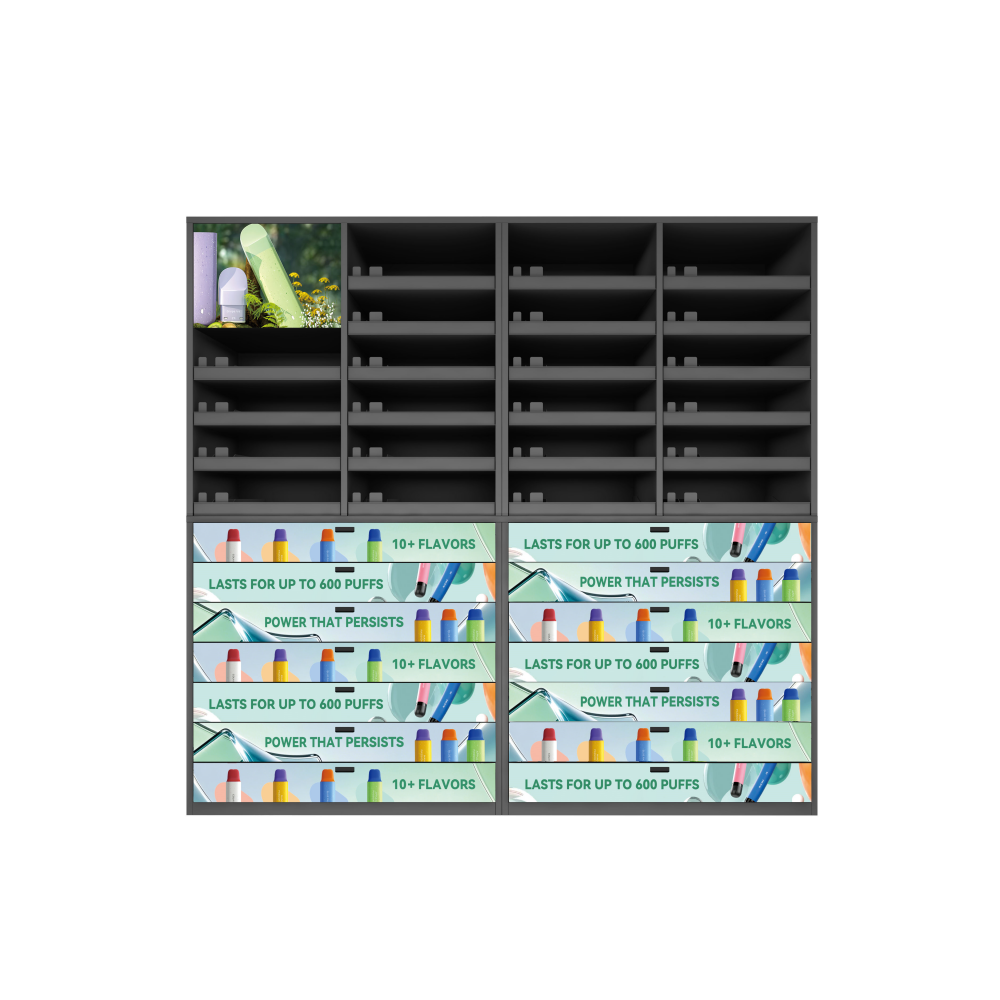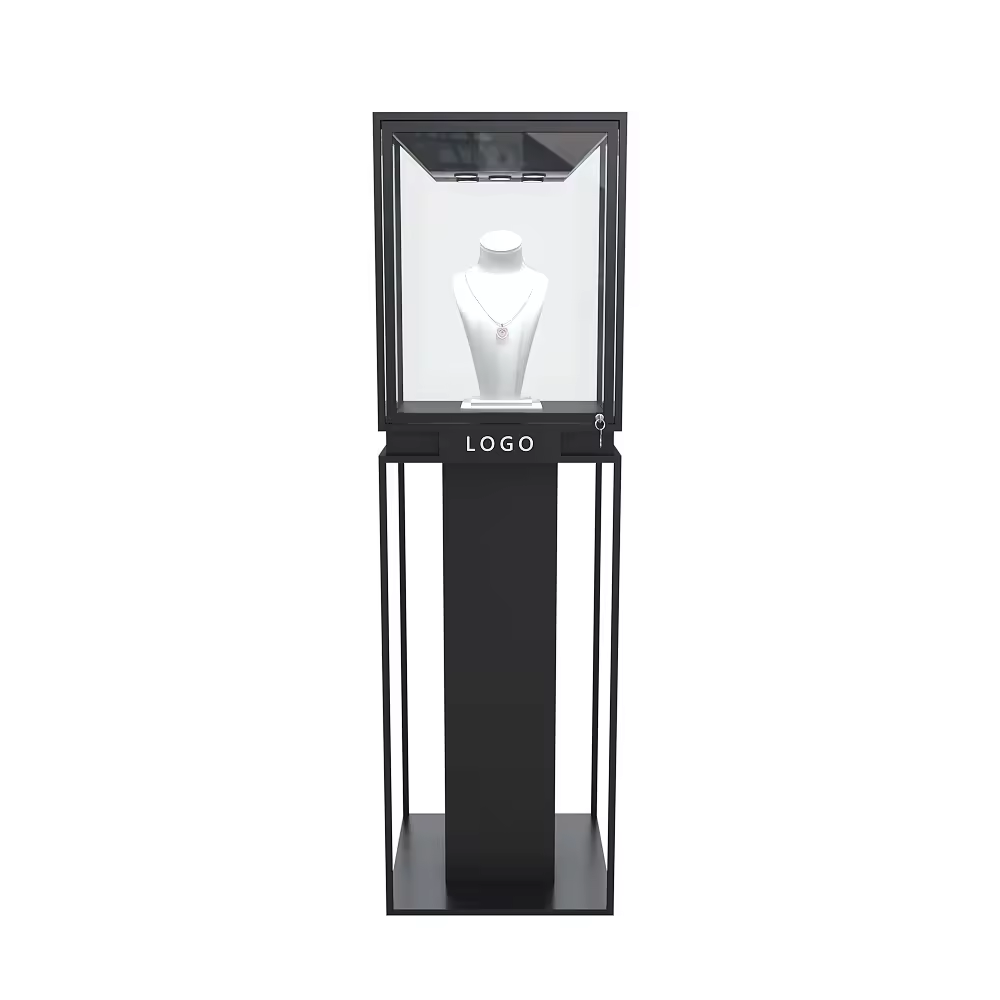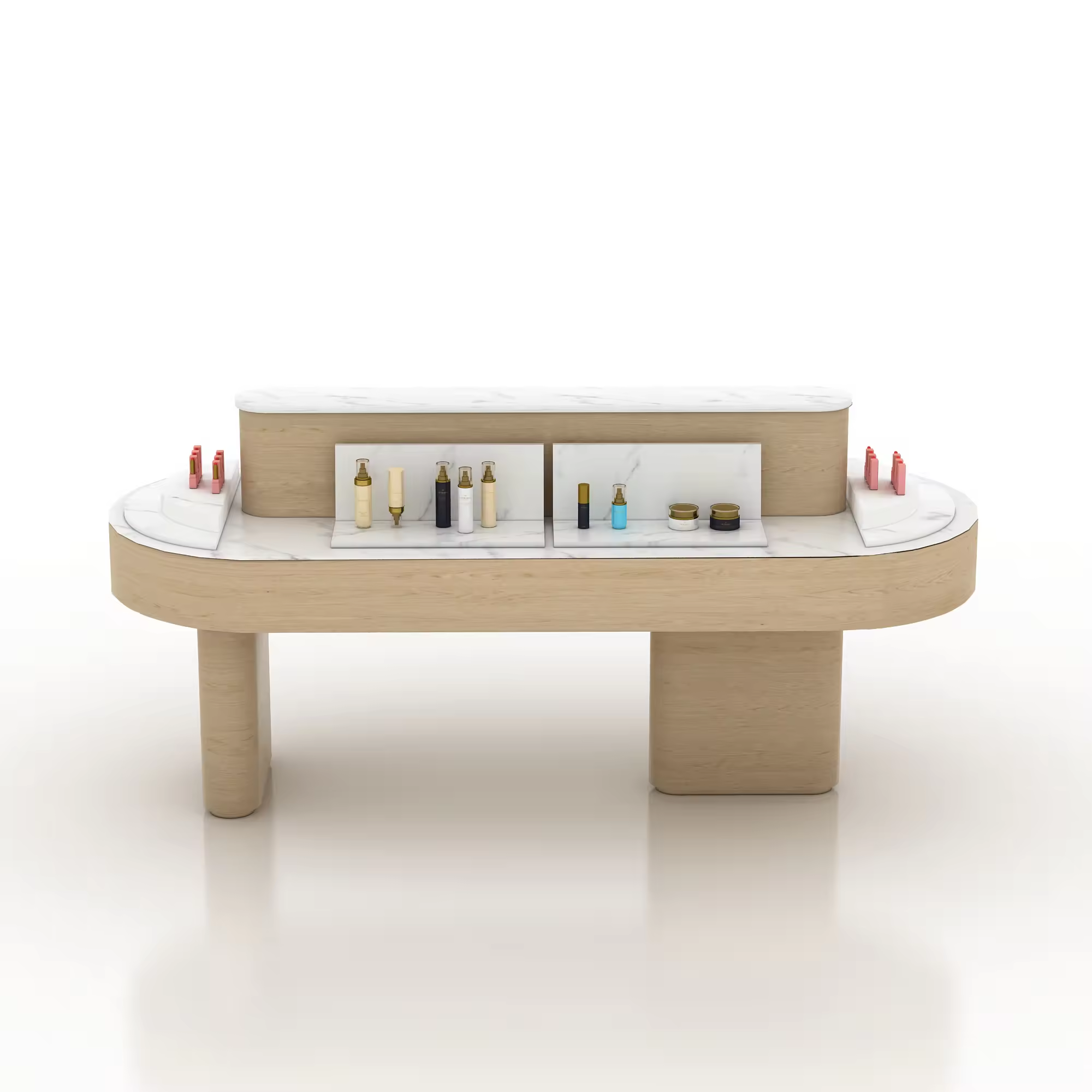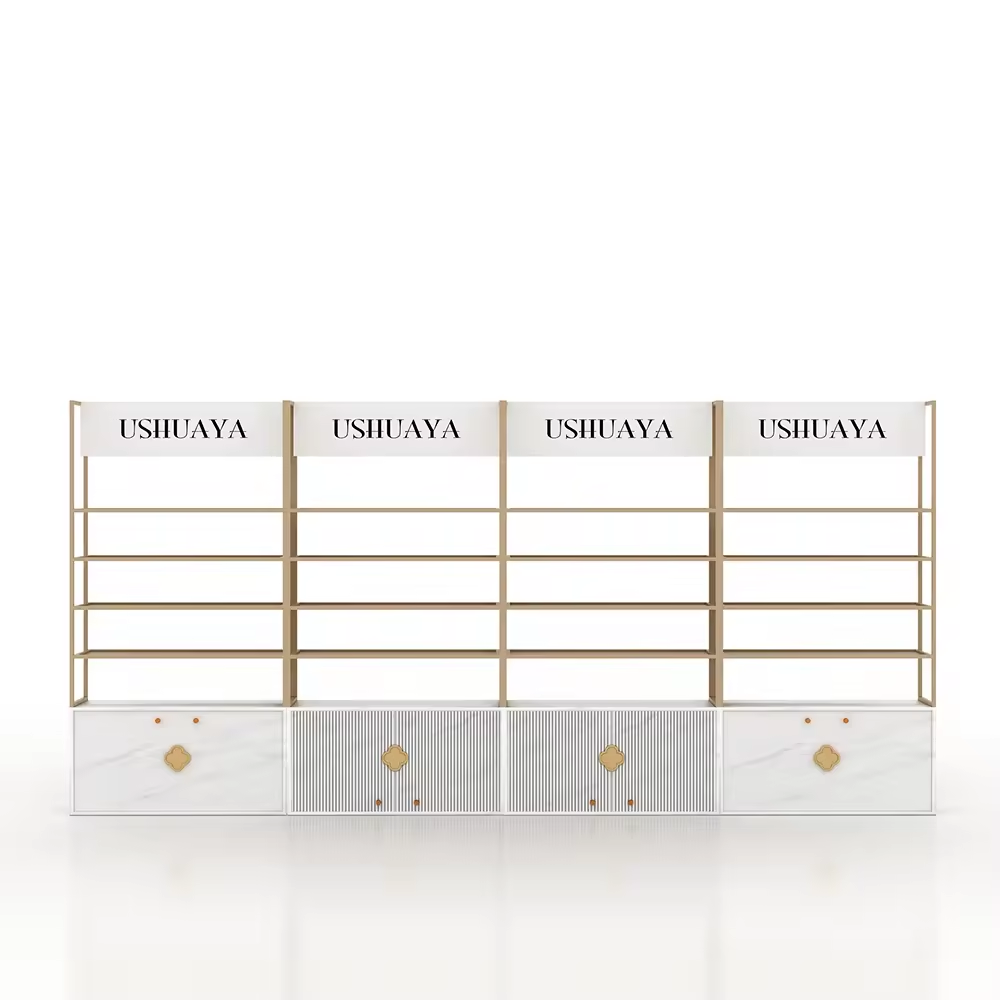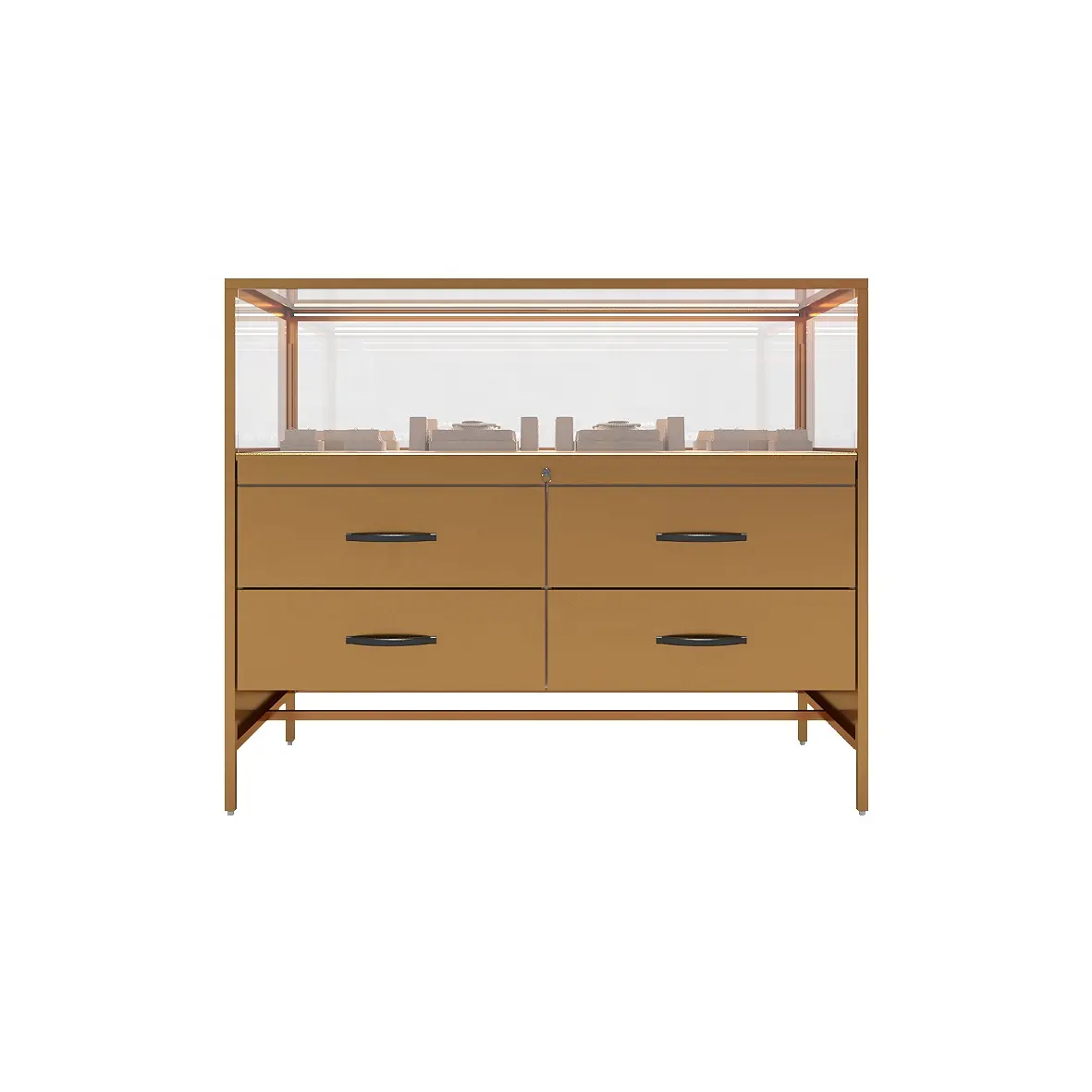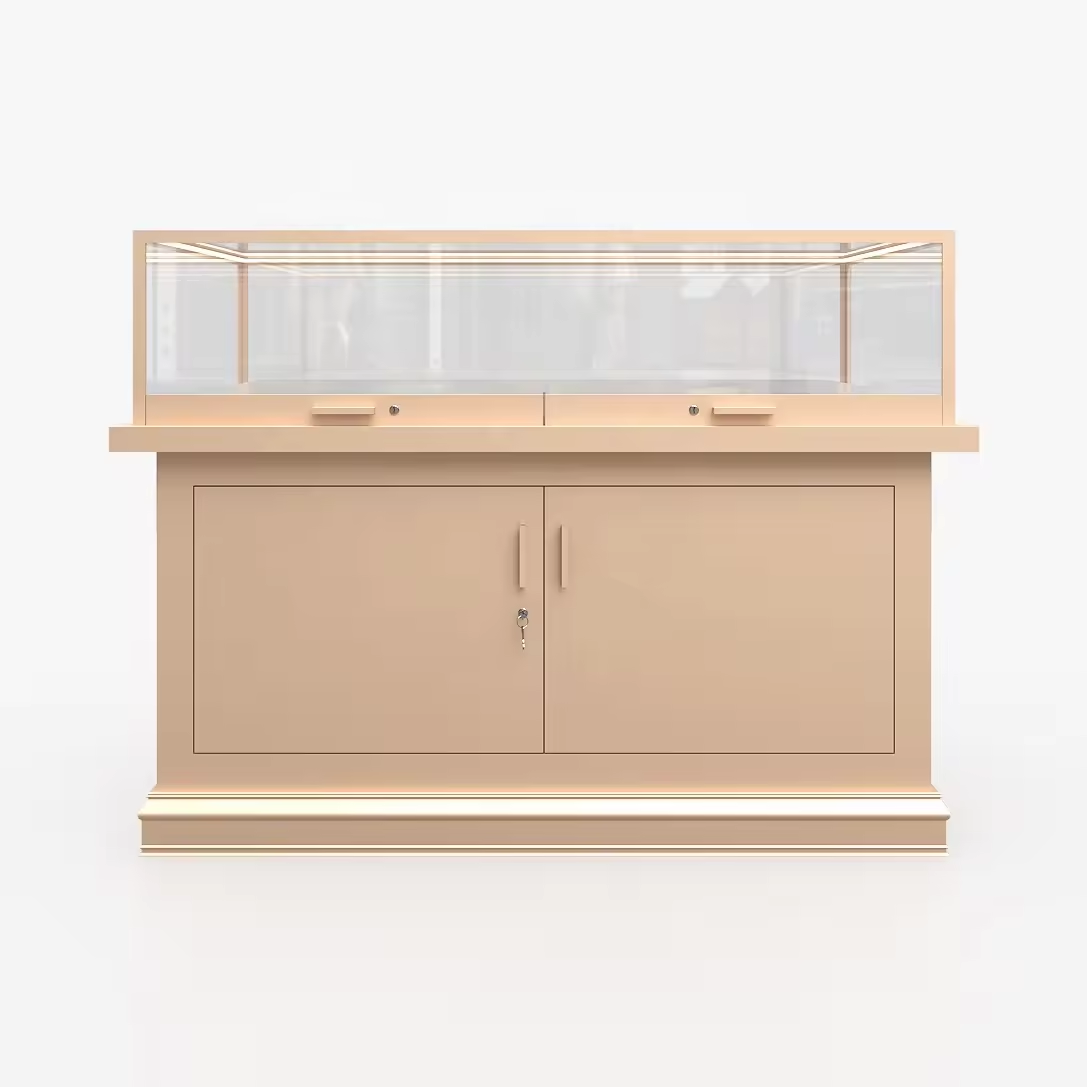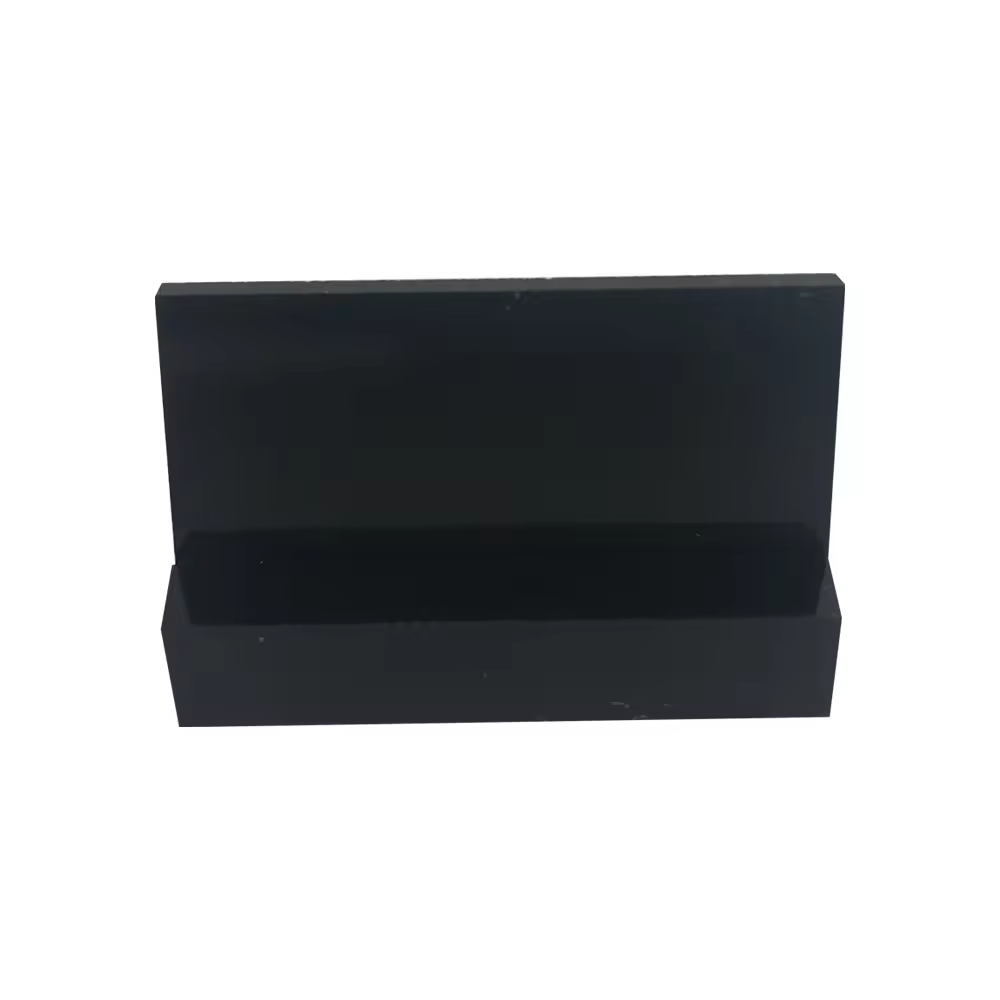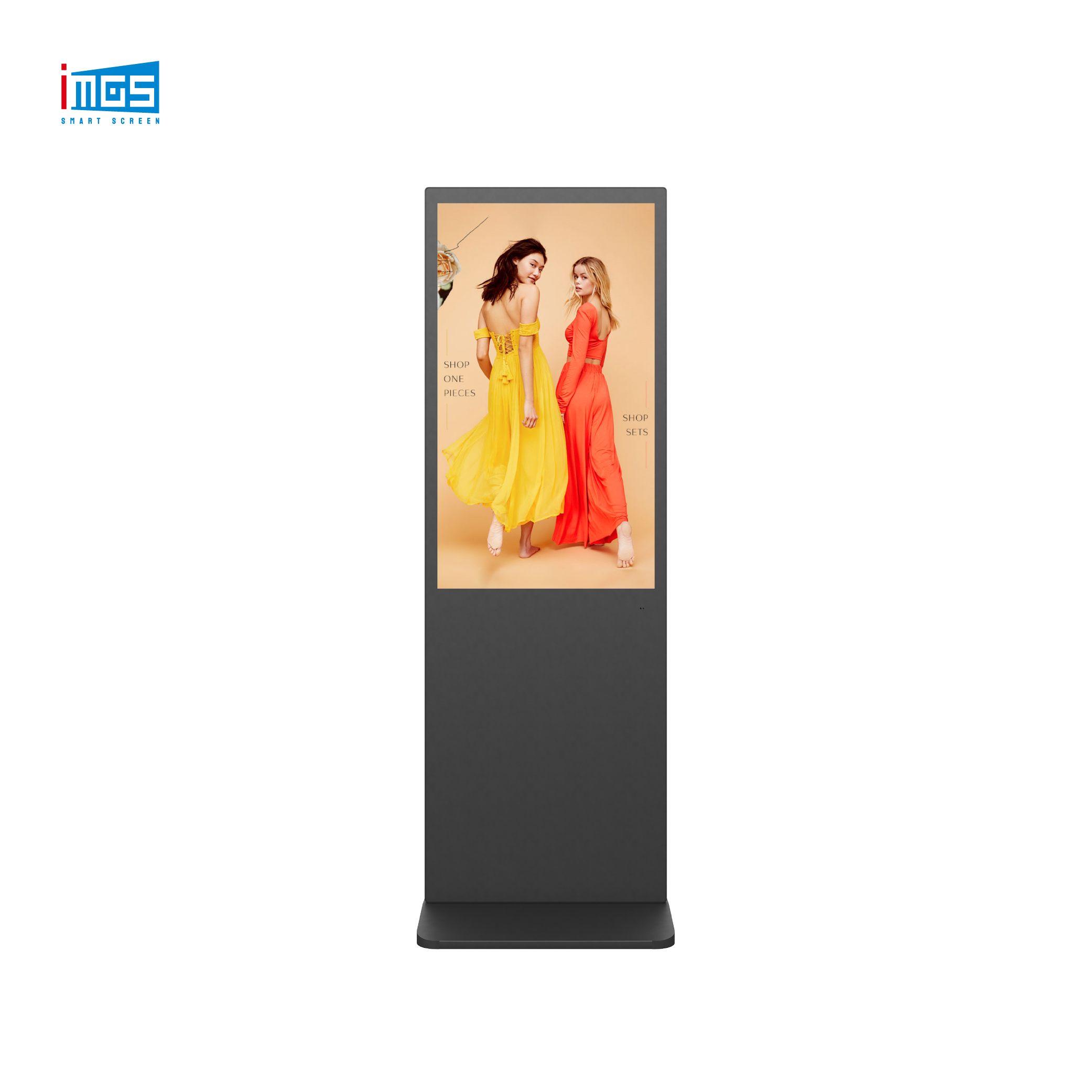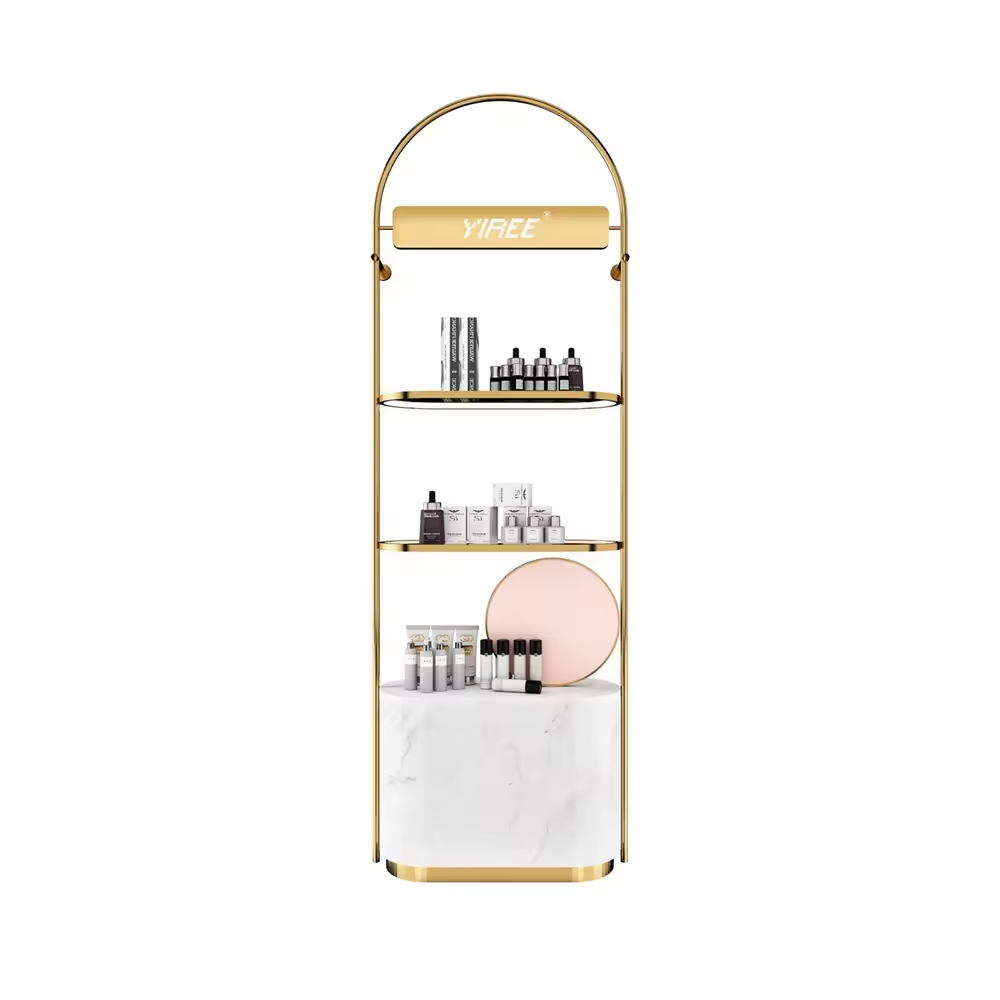In the age of information overload, we are constantly perceiving more and more redundant and fragmented information every day. It has become people's desire to return to the most genuine state of life.
Minimalism, which emerged in the 1960s, has not only returned to the public eye, but has also become more and more prevalent with its characteristic simplicity and purity.
In our daily life, minimalism also influences us to a greater or lesser extent. From architecture, decoration, home to photography, art, clothing and many other fields, you can see their figure. As an art style, the core principle of Minimalism is to control complexity with simplicity, retaining the key parts that can attract the viewer's attention, and organising elements such as lines, shapes, colours, white space, and composition in a more effective way.
Minimalism is to create an infinite mood and reverie in a limited space.
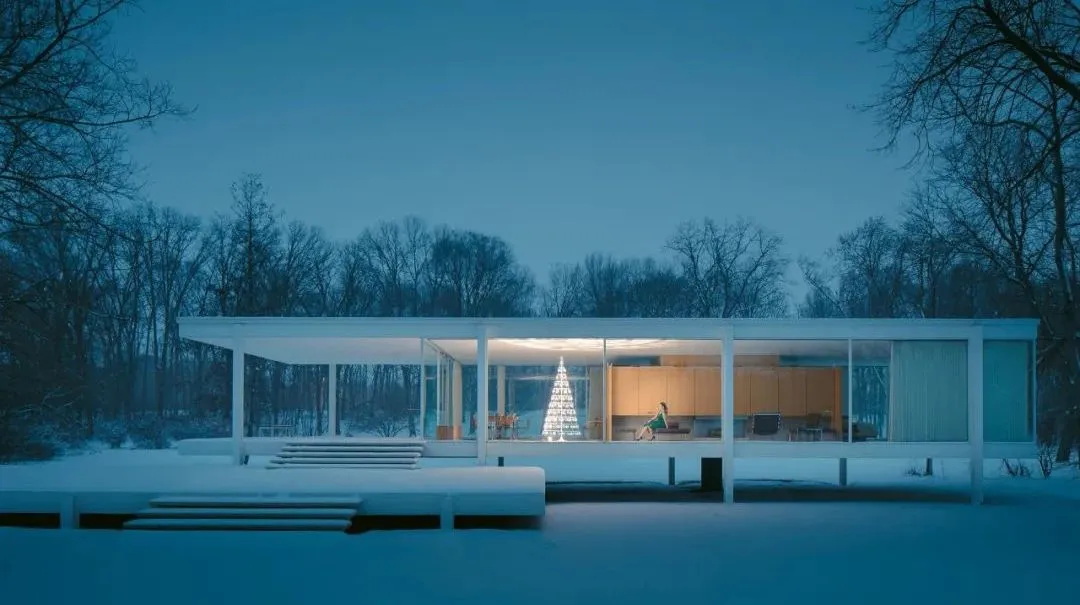
What is minimalism
Less is not empty but streamlined; more is not redundant but perfect. Minimalism, which is meant to pursue simplicity and cut down the complexity and simplicity in the visual level of expression, is essentially the emphasis on focus and function. In product creation, minimalism expresses rich ideas and concepts in simple forms. The appearance, colours and materials are simplified to the maximum to form a more pure visual effect.
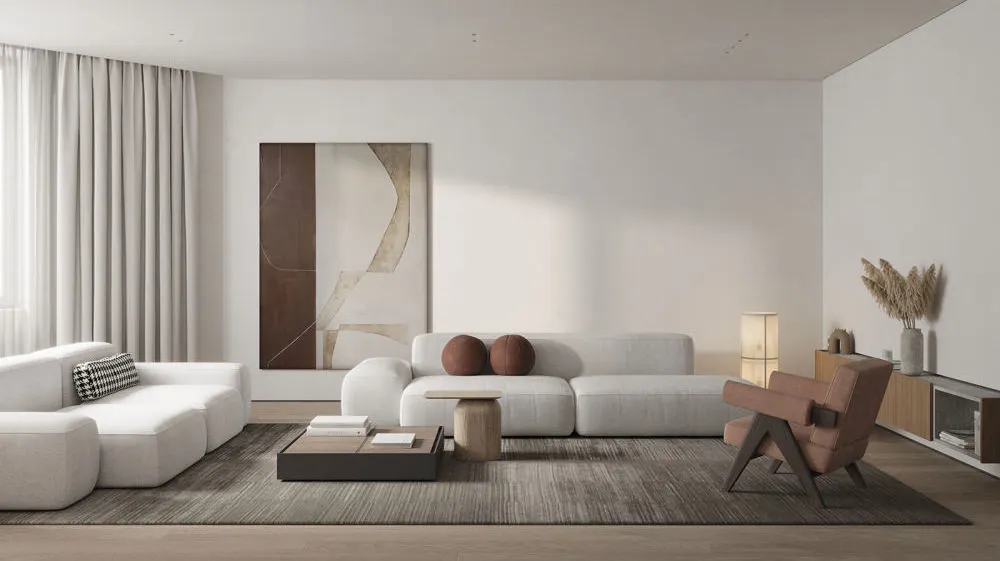
In display use, minimalism discards as much cumbersome and secondary information as possible, creating a visual focal point.
In short, the fewer redundant elements, the relatively lighter the cognitive load of the user, and the higher the attention of the focal element. From these laws, we can also glimpse why more and more users choose minimalism? -- Because under the complicated and gorgeous decoration, it is easy to cover up the characteristics of the thing itself, and visually overpower the main focus.
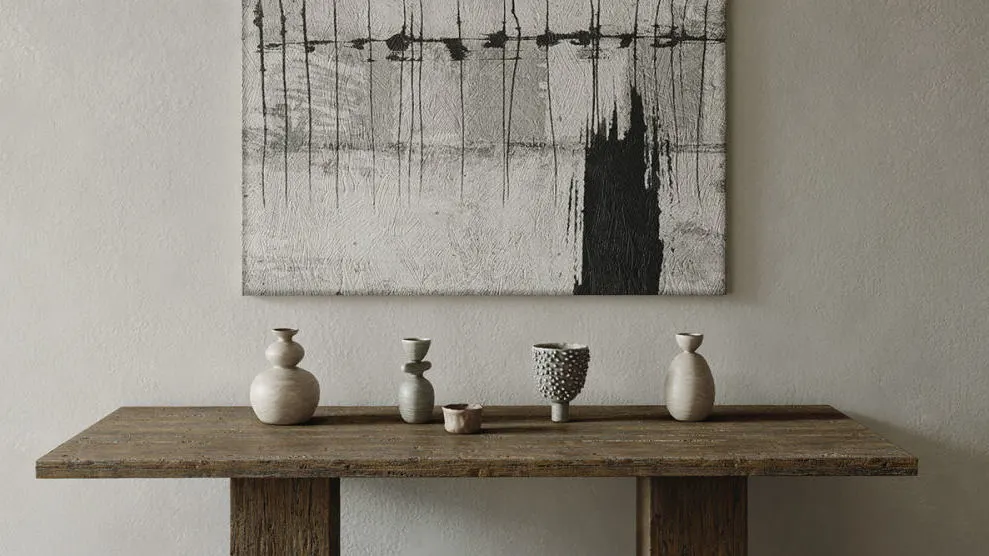
Minimalism is not cost-saving
Minimalism is not just about cutting out and subtracting, but also about finding details and surprises when you look closely. It advocates ‘simplicity without reduction’.
Using fewer elements to arrange and integrate, creating simple but not boring surprises, the design form also contains its own system of internal, from the surface to the inside. Simplicity of form does not necessarily equate to monotony. The final picture of the bull, depicting a large area of white space with minimalist lines, expresses a wonderful mood, with no complicated colours, but rather more room for imagination. Minimalism is also the process of metamorphosis from roughness to refinement. In the process of thinking and designing, we first do the addition to increase the information, and gather all the inspirations and elements; then we delete the complexity and simplify, and do the subtraction to highlight the key points, so that the space and the objects themselves, become the most harmonious music.
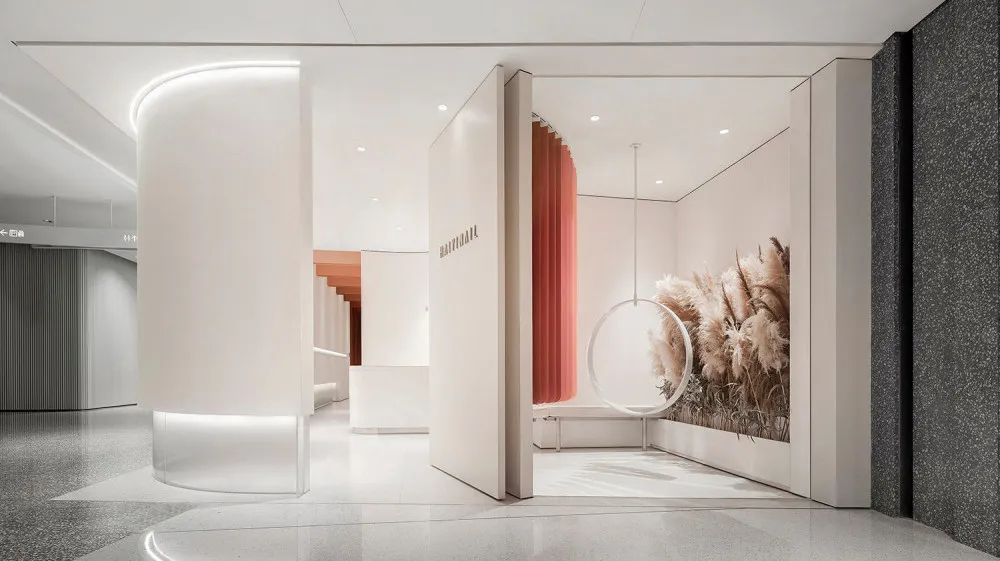
Minimalism that lacks content may be too simple in both form and substance, unconsciously discarding the required elements so that people do not feel the value and importance of the design. What minimalism presents, though extremely simplified, does not mean simplicity in effect, and can even be understood as another kind of luxury. For example, on behalf of the minimalist aesthetics of the Japanese wabi-sabi style, in the simple and unadorned surface, revealing the beauty of the sense of age, mottled between the extension of people's imagination, creating a simple but extravagant mood.
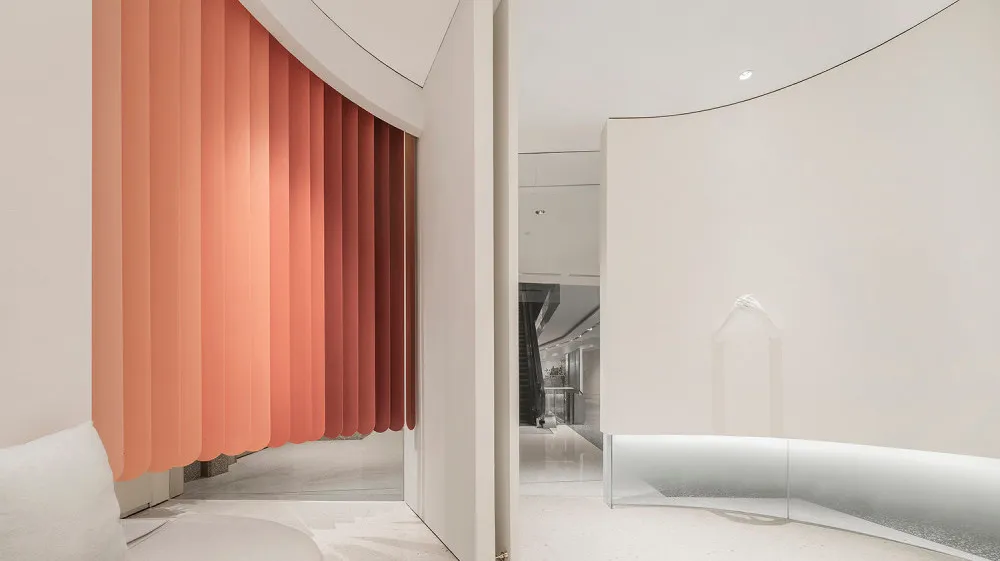
The Essential Characteristics of Minimalism
Post-modernism black, white and grey industrial style, Mori Scandinavian minimalist style, Japanese wabi-sabi aesthetics, traditional Chinese aesthetics of white space, between different cultures, the beauty of minimalism has both their own characteristics, but also have a lot in common. The purpose of white space is to highlight the main subject, present the centre of gravity visually, and thus emphasize and highlight the main subject in the picture.

The right amount of white space will allow the subject to get a stronger expression. In spatial design, white space can guide the user's visual flow, directing the user's attention to a specific element, the more negative space around an element, the greater the likelihood that the element will receive attention. In minimalist design, colour is an important link to build an emotional connection between the user and the product, and low saturated hues, or a colour scheme with a small number of colours, are usually used. By highlighting the subject through direct contrast, users are not easily distracted, thus creating a strong visual tension.
